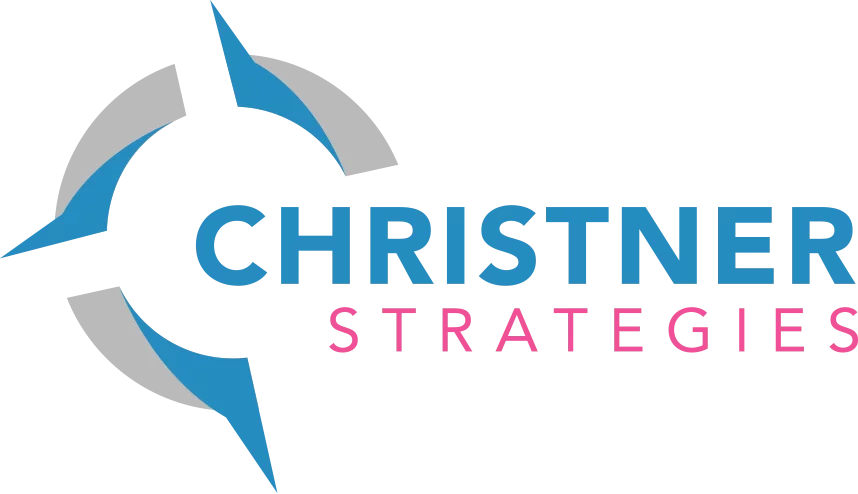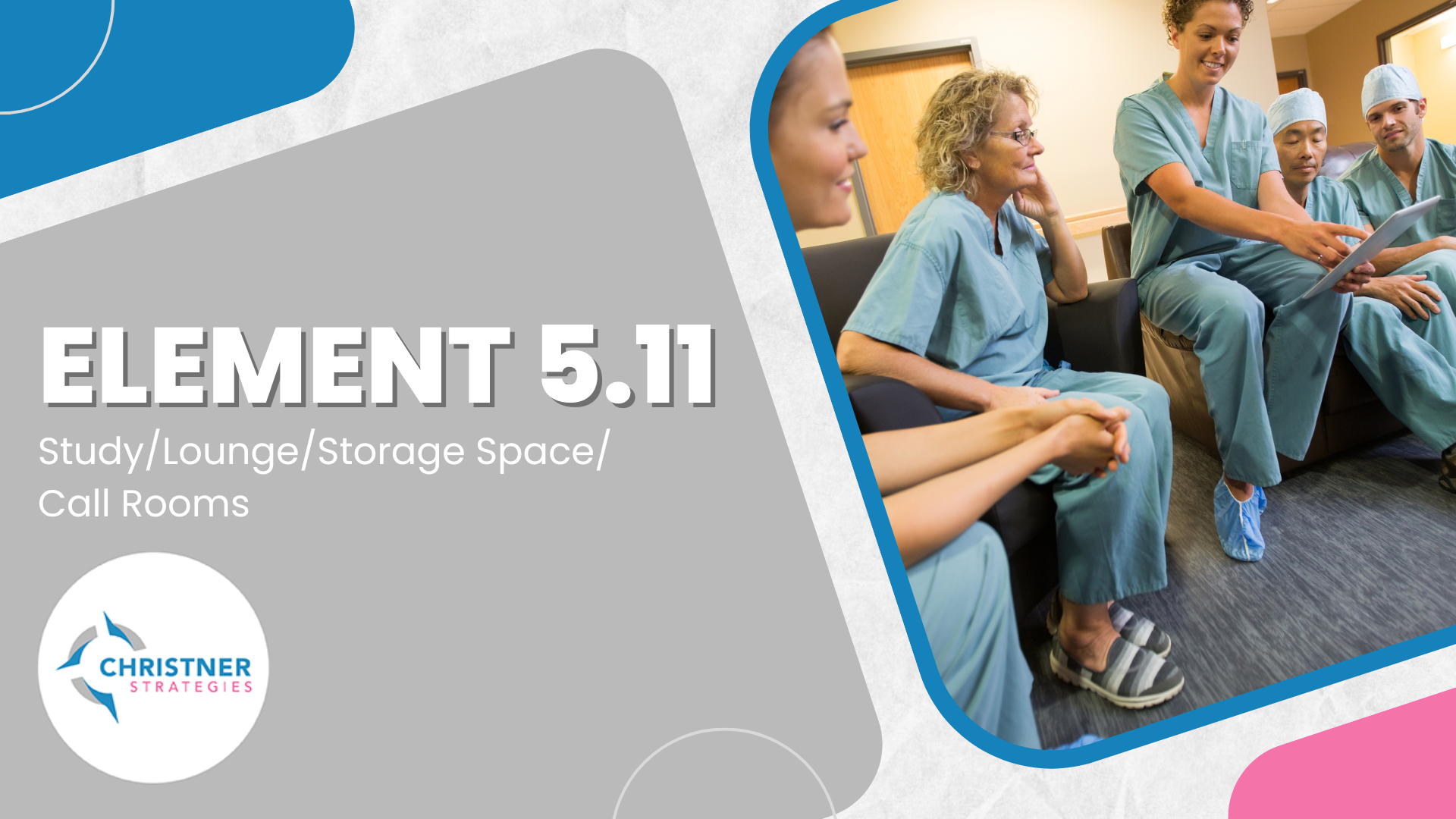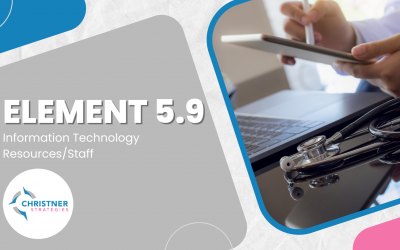Element 5.11 – Study/Lounge/Storage Space/Call Rooms
A medical school ensures that its medical students at each campus and affiliated clinical site have adequate study space, lounge areas, personal lockers or other secure storage facilities, and secure call rooms if students are required to participate in late night or overnight clinical learning experiences.
Hidden Curriculum
This element is commonly cited per the LCME. A school must ensure that medical students across all campuses and affiliated clinical sites have access to necessary resources such as study spaces, lounge areas, secure storage facilities like personal lockers, and secure call rooms, especially for late-night or overnight clinical learning activities. By making sure these resources are accessible to students, your school is fostering their academic success, encouraging a balanced work-life approach, and cultivating a positive learning atmosphere within the medical school. The hidden curriculum is that with the “old” ISA, the LCME really expected at least 85% satisfaction for each class. One class that was below that could still get you a citation – even if the other classes had high satisfaction. We shall see what happens with the new questions in the ISA.
Best Practice
A thorough examination of student feedback can pinpoint the underlying reasons for dissatisfaction with enough facility resources. Issues may arise from inadequate communication about available study and relaxation areas for medical students across campuses, insufficient study or storage space at affiliate clinical sites, or difficulties in locating specific rooms. These factors can lead students to perceive a lack of appropriate resources and highlight areas that require attention.
Consider the following strategies:
- Develop a comprehensive document detailing study spaces and secure storage locations at each hospital/clinical teaching site for medical students. Include information such as specialty/department, floor location, and access codes if applicable. Upload this document to your school’s educational platform (e.g., Blackboard, Canvas), attach it to the Course Overview Document (COD), and present it during orientation for easy reference. Additionally, provide a QR code for students to provide feedback on any deficiencies in student spaces at clinical affiliates. You can delegate the responsibility of monitoring feedback received through the QR code to the curriculum leadership, ensuring prompt responses to concerns, and emphasizing the importance of regularly updating the document.
- Schedule regular facility tours throughout the year at each hospital/clinical teaching site. Assign this task to key personnel such as the Assistant Dean of Clinical Sciences, Clerkship Directors, Accreditation Associate, or Coordinator. It is best to take a couple of students who have been thru the rotation with you on these walkabouts. They will give very clear feedback on the issues with the spaces. The objective is to verify the availability of necessary spaces and document their locations. Ensure that these spaces and lockers are conveniently located relative to main activities. Capture photos during the tours to upload to your school’s website or include in orientation presentations. Importantly, these tours should ALSO include someone from the hospital that has the authority to make changes.
- Establish focus groups comprising students from different years (MS2-MS4) to identify root causes of dissatisfaction with secure storage and study spaces across campuses and affiliated clinical sites. Issues such as poorly designed spaces or lack of knowledge about space locations at affiliate sites may arise. Utilize insights from these focus groups to address students’ needs and enhance resources for studying and learning effectively.
Utilizing the ‘You said/ We did’ approach, where you communicate quarterly with students by sharing updates on your ongoing efforts to enhance study, relaxation, and storage spaces at your campus(es) or clinical sites. These updates can be delivered through email communication.
Continuous Quality Improvement
Continuing to gather feedback from students via mid-year surveys, end-of-year surveys, and clerkship site evaluation forms helps to track trends in students’ perceptions of available space on campus or affiliate sites. Curriculum leaders can maintain oversight by regularly reviewing and conducting physical annual visits to affiliate sites with students and a hospital official, ensuring that study areas and secure storage spaces meet compliance standards. Keep organizing focus groups with students to demonstrate that their concerns are valued, and that leadership is committed to addressing any identified gaps.




0 Comments